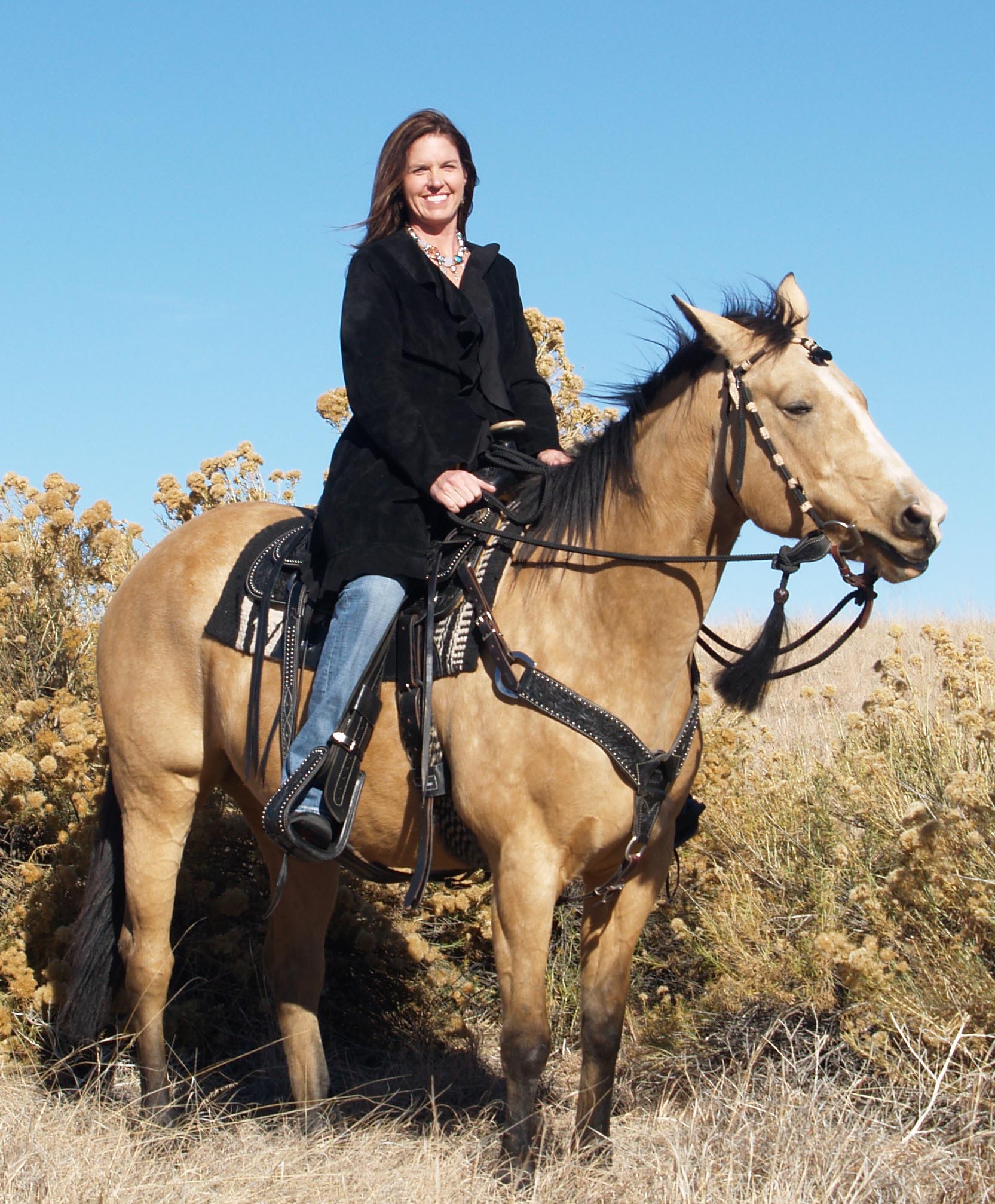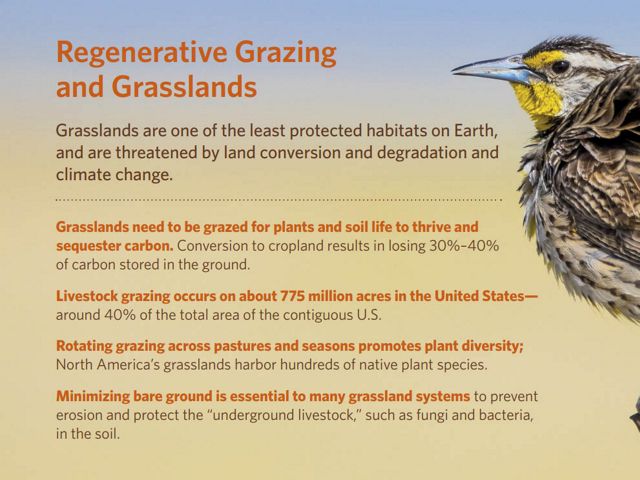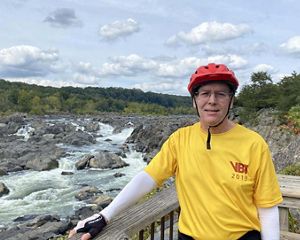

Regenerative grazing is a suite of science-based, field-tested practices that improve plant community and soil health and overall ecosystem resilience. But at its core, it is a mindset. It’s about looking at the resources you have and figuring out how to use them to produce food and generate income while also making things better—on your land and beyond.
What challenges do ranchers face when evaluating sustainable practices?
One that is top of mind for me came from a recent conversation with my brother, the fifth generation to manage our family’s ranch. When I asked what advice he would give ranchers considering new practices, he said, “You better have a good banker.” Regenerative grazing strategies can mean upfront costs and potentially slow short-term income, which affect how a rancher thinks about managing investments and debt.

What is TNC doing to address that barrier?
There are a few banks that are developing loan products to help people adopt regenerative grazing, but they need investments to do that. Many corporations are making conservation a priority in their business models and looking for new ways to achieve their goals. We are beginning to connect those interests to create full-circle relationships that benefit everyone.
What makes you optimistic for the future of grasslands and ranching?
So many ranchers who might not think of themselves as environmentalists are already doing amazing things. I see my family, our neighbors, interested in land and water conservation practices. Because of their dedication to place and each other, I have confidence these productive lands will endure.
The Nature Conservancy has set out to improve management on 240 million acres of intact North American grazing lands by 2030. Discover how we are achieving that goal at nature.org/grazing.



